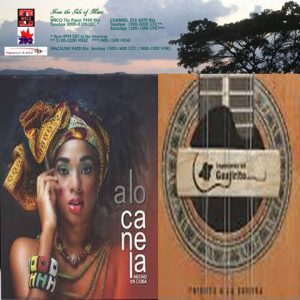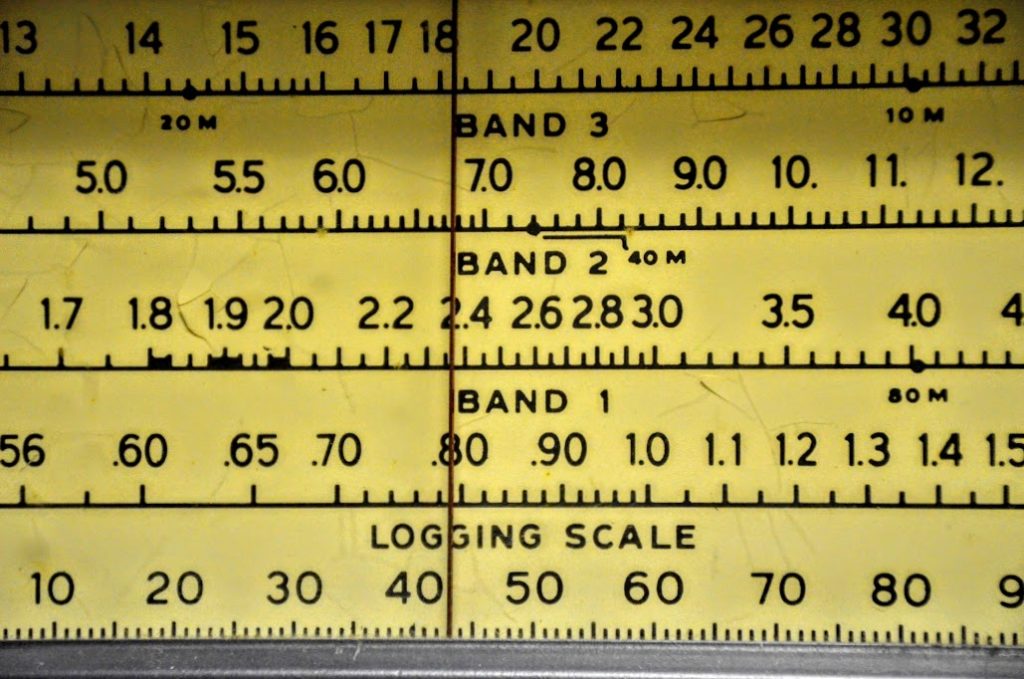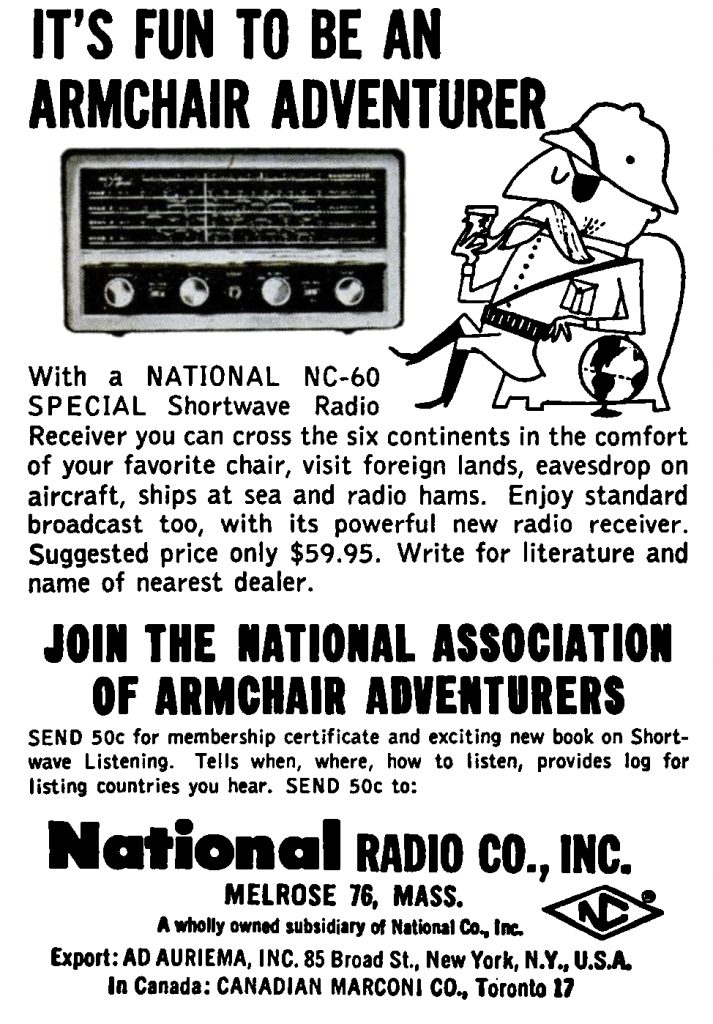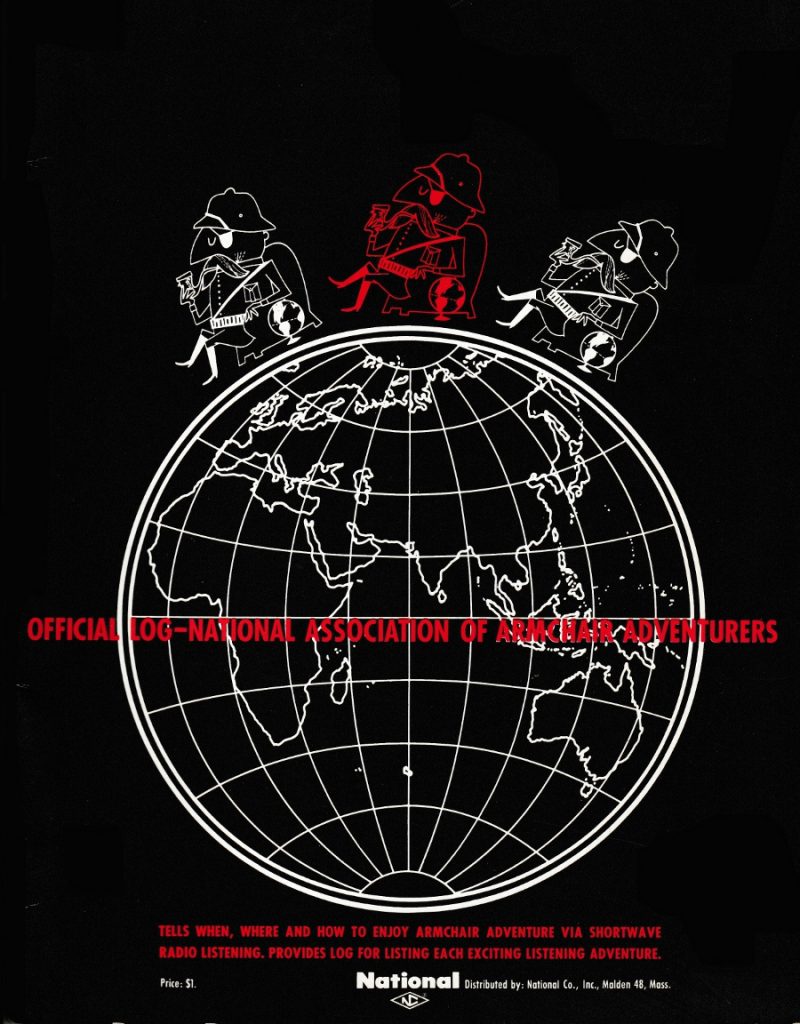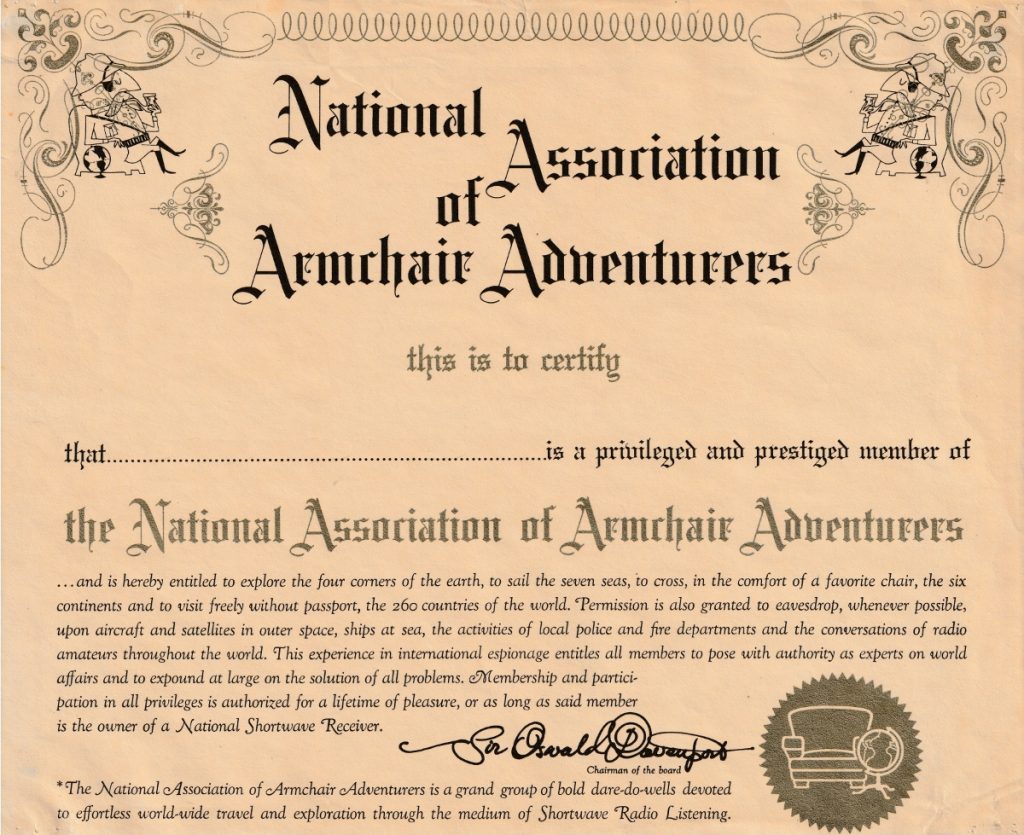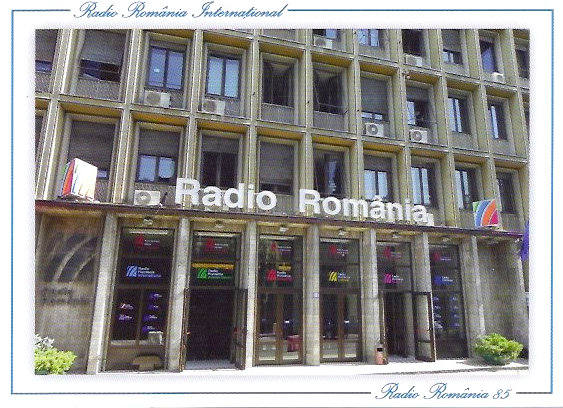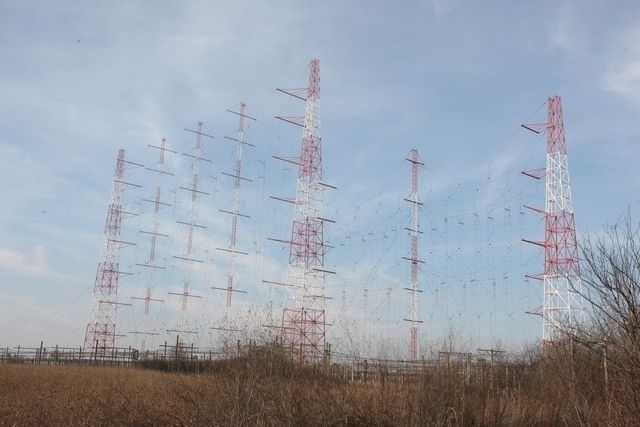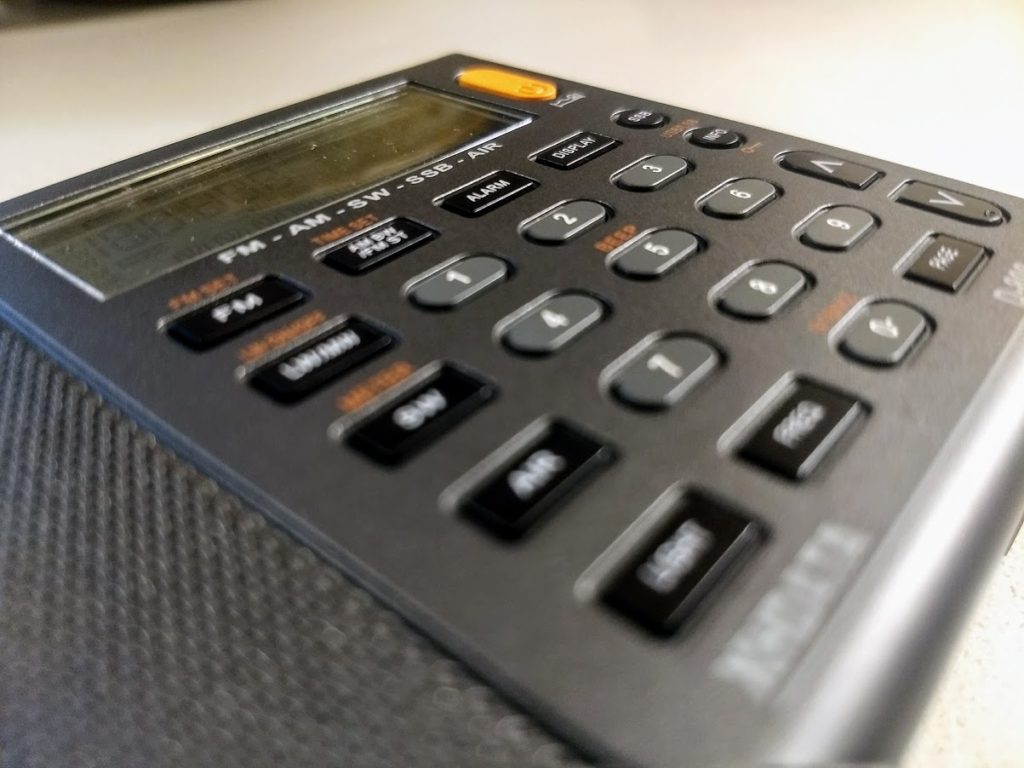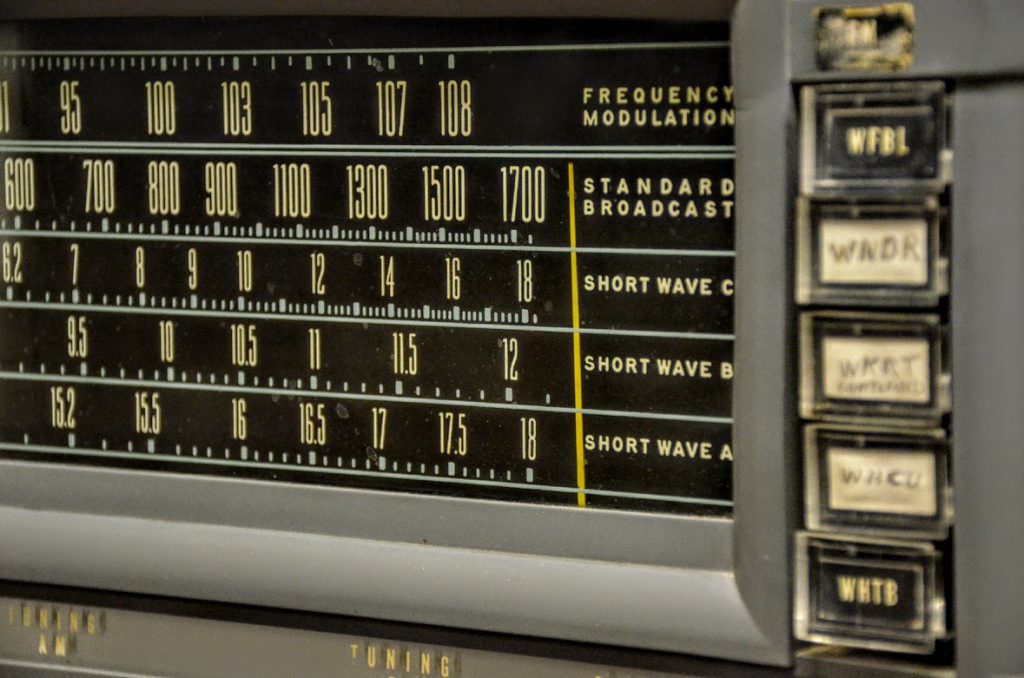(Source: Radio World via Marty)
[…]For years, NASB members have wanted to replace (or at least augment) the poor audio quality of analog SW with the crystal-clear sound of digital SW radio, specifically the Digital Radio Mondiale standard developed in Europe that is now being used in China and India.
[…]There are some DRM radios in use now, which is why some NASB members are offering limited DRM broadcasts alongside their regular analog SW transmissions.
“But the current generation of DRM SW receivers cost about $100 each, whereas you can buy a cheap analog SW radio for as little as $10,” said Dr. Jerry Plummer, a professor at Austin Peay State University in Clarksville, Tenn., and frequency coordinator for U.S. SW station WWCR. “Given that the audiences being targeted by NASB members are largely in the third world, the lack of inexpensive DRM receivers keeps them listening tDRMo analog shortwave.”
[…]Given the NASB’s interest in low-cost DRM receivers, it was no coincidence that Johannes Von Weyssenhoff was invited to speak at the annual meeting. Von Weyssenhoff said his StarWaves manufacturing firm (www.starwaves.de) has the technology, capability and existing prototypes to build DRM radios for $29 each, but only if the sale order is large enough to deliver economies of scale. (He also estimated $18 DRM modules could be built for installation in other radio models.)
“Twenty-nine dollars is doable at volumes staring at 30,000 receivers,” Von Weyssenhoff told Radio World. “Even smaller quantities would be possible at this price for very simple radios — for example, without graphics displays — but these would be special projects that had to be discussed individually. But even more advanced radios with Bluetooth or premium designs will be possible to offer at a reasonable price,” he said — as long as the sales orders was in the tens of thousands or more.[…]


